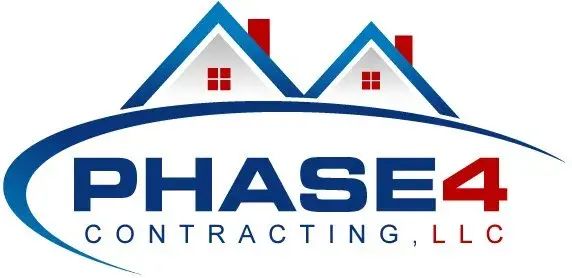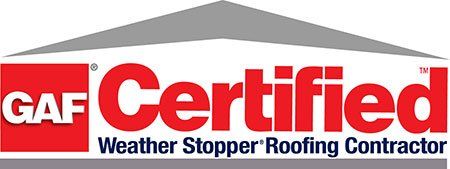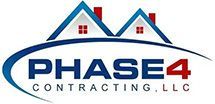Roofs are susceptible to various forms of wear and tear from the elements such as rain, wind, and snow. Over time, these elements can lead to leaks, cracks, and weakened structural parts and components. Regular roof maintenance and timely repairs are essential to ensure the structural integrity and longevity of your building.
Let's explore the signs that your roof might need attention and the steps to take before and after repairs!
Common Signs of Roof Damage
Here are the common signs that roofs are experiencing issues and may need roof repair:
- Missing or damaged shingles: Shingles that are broken or missing can expose the underlying roof structure to the elements, leading to leaks and further damage.
- Leaks or water stains: Stains on ceilings or walls indicate that water is penetrating your roof and seeping into the building, which can cause structural damage.
- Sagging or uneven roof deck: Roof decks that appear uneven or sags indicate structural issues, possibly due to prolonged water damage or inadequate support.
- Cracked or damaged flashing: Flashing — which seals areas around chimneys, vents, and other protrusions — can crack or corrode over time, allowing water to seep into your roof.
- Granule loss: Granules in gutters or downspouts suggest that the shingles are deteriorating, reducing their effectiveness in protecting your roof.
- Damaged or clogged gutters: Gutters that are broken or clogged with debris can cause water to back up and seep into your roof edge, leading to damage.
- Mold or mildew growth: Mold or mildew on your roof or inside the building indicates persistent moisture issues, often due to leaks or poor ventilation.
- Peeling paint or stains on soffits and fascia: Discoloration or peeling paint on soffits and fascia boards indicates that water has infiltrated your roof edges, potentially causing rot.
- Damaged chimneys or vents: Cracks, rust, or other damage to chimneys or roof vents can compromise your roof's ability to shed water and ventilate properly.
- Increased energy bills: A sudden rise in energy bills can indicate that your roof is no longer insulating the building effectively.
What To Do Before and After a Roof Repair
The following steps can help you navigate your roof repair process effectively:
Before
- Inspect your roof. Conduct a thorough examination to identify any visible issues, such as missing shingles, leaks, or structural damage.
- Research contractors. Look for reputable roofing contractors by reading online reviews, requesting recommendations, and checking credentials.
- Prepare your home. Clear the area around your home to make it easy for the workers to access it. Move vehicles and outdoor furniture away from the house to protect them from potential damage.
- Communicate with your contractor. Discuss the project details, timeline, and expectations with your contractor. Make sure you understand the scope of work and costs involved.
- Secure permits and documentation. Obtain any necessary permits from your local building authority before starting the work.
After
- Inspect the work. Carefully check the work to ensure that all agreed-upon repairs or maintenance tasks have been completed satisfactorily.
- Check for leaks. Look for water stains, dampness, or mold growth, and address any issues promptly to prevent further damage. This step is crucial for preserving the integrity of your roof.
- Review warranty information. Read the contractor’s warranty information to understand what is covered and for how long.
- Clean up. Remove any debris, tools, or materials left behind by the contractors to prevent hazards and maintain the appearance of your property.
- Schedule regular maintenance. Establish a schedule for regular roof maintenance to ensure its longevity and prevent future issues. This may include periodic inspections and minor repairs as needed.
Choose Phase 4 Contracting for Quality Workmanship
Remember that your home or property represents a significant investment, and protecting its integrity is paramount. At Phase 4 Contracting, we offer general contracting services, including roof repair and maintenance.
Call us today at 267-649-7609 or schedule an appointment for a consultation.






